Ben Valsler
Charlotte Figi was just a few months old when she had her first seizure. It was an early symptom of what would eventually be diagnosed as Dravet syndrome or severe myoclonic epilepsy of infancy – a rare genetic disease characterised by severe, complex seizures, cognitive impairment and difficulty moving.
Over the next few years Paige and Matt Figi, Charlotte’s parents, tried everything they could. Doctors recommended experimental drugs and specialised diets, but nothing seemed to halt the progression of the disease. By five years old, Charlotte was experiencing hundreds of seizures a week. On a number of occasions, her heart stopped until medical intervention saved her life.

With other options exhausted, the Figis spent hours poring over case reports, testimonials and news stories, looking for something – anything – that could help Charlotte. Eventually they discovered another child with Dravet, who seemed to have benefited from medical marijuana. Feeling they had nothing to lose, the Figis went shopping for cannabis. They read about a strain known as R4, which other patients were using to manage symptoms. They bought all they could and asked a friend to extract an oil that they could have tested and then administer to Charlotte.
What they saw was remarkable: Charlotte’s seizures reduced immediately, and continued to drop in frequency as treatment went on.

The compound in cannabis oil believed to be responsible is cannabidiol, one of the two compounds found in the plant that have been studied most – the other is tetrahydrocannabinol. THC, as it is known, is the principal psychoactive component – the compound that gives cannabis its ‘high’. Cannabidiol, or CBD, is not an intoxicant, but recent investigation suggests it has value treating a range of conditions.
It is the active component of Epidiolex and is also found, along with THC, in multiple sclerosis drug Sativex. But when it was first isolated in 1940, it was thought to be biologically inactive.

Cannabidiol is one of many cannabinoids extracted from marijuana or hemp plants. The medical mechanism of action is still unclear, but it interacts with a range of biological receptors, in turn influencing other biological pathways. In particular, it can interact with mood-controlling serotonin and pain-controlling opioid receptors. In a host of different and as-yet not fully understood ways, CBD influences communication within and between cells.
This translates into a range of physical changes – it seems to have neuroprotective properties, helps to preserve the blood-retina barrier and suppresses inflammation. In mice, it has been shown to reduce joint damage in the rodent equivalent of rheumatoid arthritis and significantly reduce the incidence of diabetes. And although it won’t get you high, it does seem mood-altering – there’s evidence it can reduce anxiety, cognitive impairment and discomfort in social phobia patients.
CBD may also mitigate the effects of its narcotic cousin THC. It competes with THC for certain receptors, but then doesn’t activate them in the same way. Research shows it reduces the anxiety associated with THC and may mitigate the short term memory loss associated with marijuana use. It even reduces paranoia and correlates with fewer schizophrenia-like symptoms in cannabis users. It’s also quite safe – CBD’s side-effects are comparable to a placebo, and even large, chronic doses are well tolerated.

Cannabis’ illicit market has driven selective breeding of the plant for a stronger high. This usually means more THC, and accordingly an increased risk of anxiety, paranoia and long-term mental health problems. It’s also hugely variable, so a buyer is never quite sure what they’re getting. One study found that the strongest form of cannabis had THC levels ranging from less than 2% to over 20%, but little to no CBD.
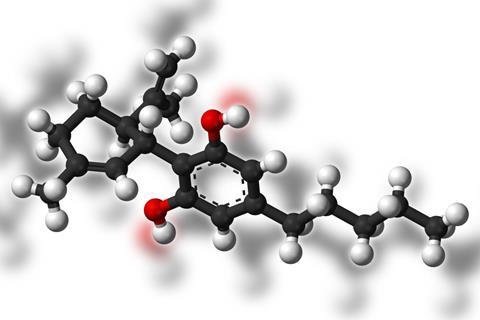
Patients like Charlotte Figi, however, need high CBD and little (or better, no) THC. Luckily, Colorado marijuana growers and dispensary owners the Stanley brothers had just the right thing. They had experimented with cross-breeding this type of cannabis, but had found no market for it. Some even dubbed it ‘hippie’s disappointment’, because it didn’t get you high. Years before the extracted, purified CBD product Epidiolex was created by GW Pharmaceuticals, hippie’s disappointment was the Figi’s miracle.
The Stanley brothers happily provided it, as they do to other patients who need this type of cannabis, for pennies. Charlotte’s case was clearly close to their collective hearts – they named this strain Charlotte’s web.
Next week, Mike Freemantle joins us with the story of lanolin and the Burberry wax jacket…
Mike Freemantle
Burberry observed that the linen smocks worn by Hampshire shepherds were cool in summer and warm in winter. And he was intrigued by the ability of the smocks to repel rain. The shepherd pointed out that when he was dipping sheep, his smock absorbed a greasy substance from the woollen fleeces. He suggested that it was this grease that made the smock weatherproof.
Ben Valsler
Join Mike next time. Until then, we’d love to hear from you – email chemistryworld@rsc.org or tweet @chemistryworld. I’m Ben Valsler, thanks for joining me.
Editor: This article was updated on 16 July to reflect that Epidiolex has been approved by the US Food and Drug Administration but is not currently approved for use in the UK.
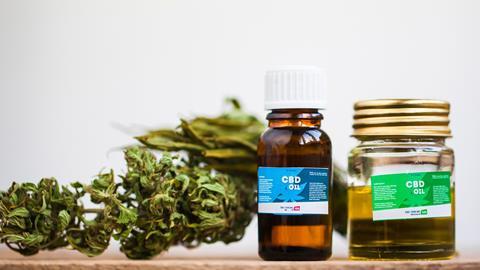





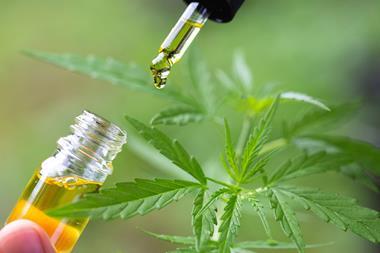
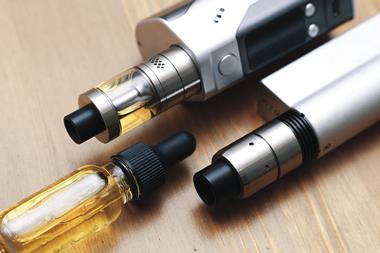
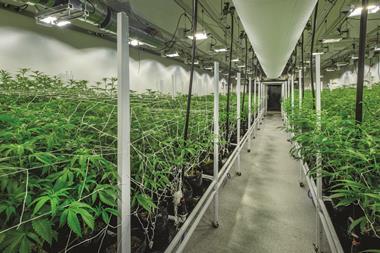




No comments yet